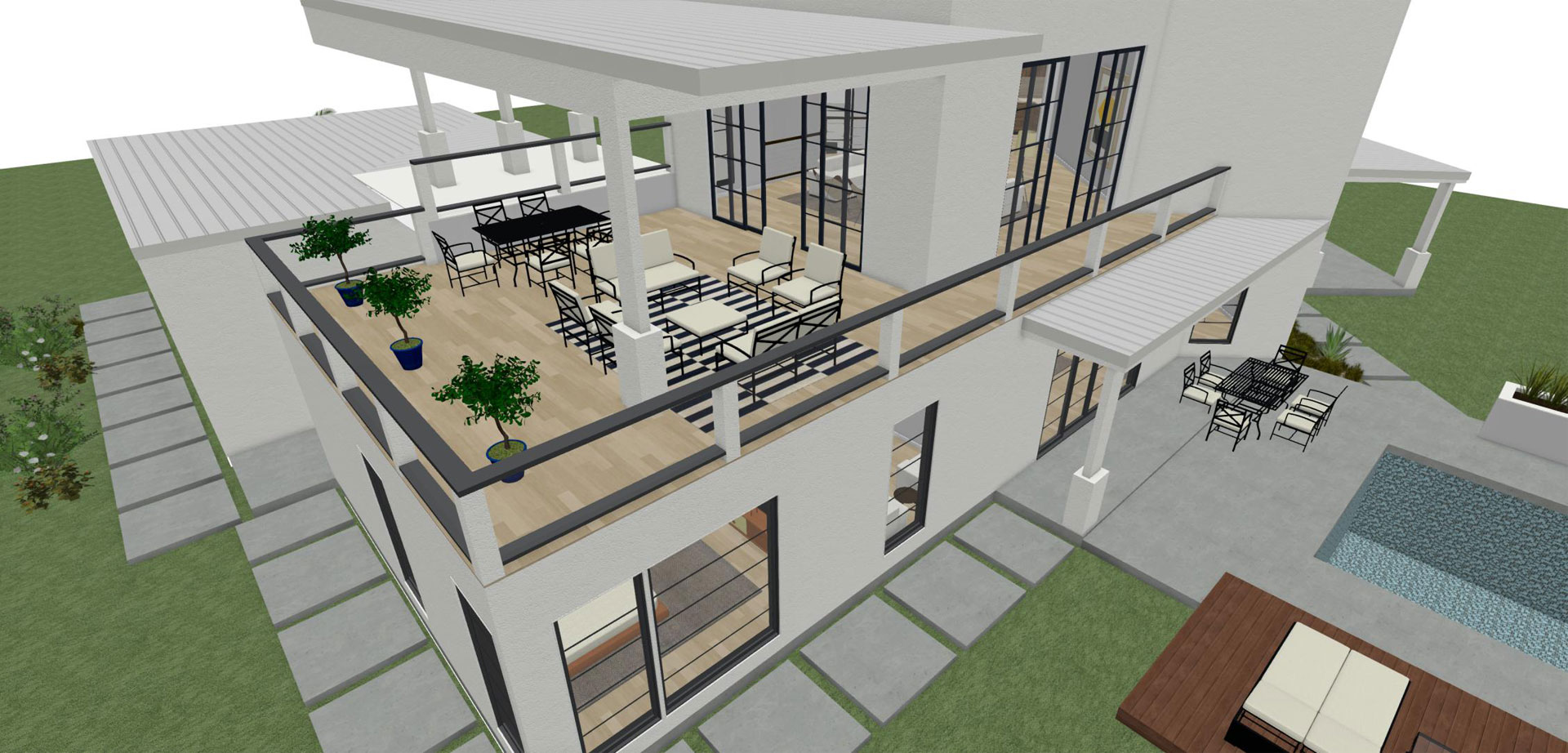Just How CDA Architects Deliver Cutting-Edge Solutions for Sustainable Design
Just How CDA Architects Deliver Cutting-Edge Solutions for Sustainable Design
Blog Article
The Impact of Technical Innovations on the Layout Practices of Contemporary Architects
The fast advancement of technological tools has actually considerably improved the design landscape for modern architects, fostering unmatched degrees of development and sustainability. Checking out these characteristics reveals a nuanced interaction between innovation and typical design approaches, triggering a more detailed examination of what the future holds for architectural methods.
Advancement of Architectural Tools
Just how have architectural tools transformed the style and building procedures over the centuries? The development of architectural tools has considerably influenced the performance, precision, and creative thinking of layout and building and construction.
With the development of the Renaissance, the introduction of the compass and the protractor marked a pivotal change. These devices allowed architects to achieve greater precision in their styles, assisting in the development of more complex and in proportion buildings. The Industrial Revolution better reinvented architectural practice with the intro of mechanized tools and products, enabling for larger and extra ambitious projects.
In the 20th century, the growth of computer-aided style (CAD) software changed the landscape once more, supplying architects with extraordinary abilities in modeling and visualization. Today, advanced devices such as Building Info Modeling (BIM) and parametric style software application proceed to push the limits of architectural technology, enabling an extra incorporated technique to layout and building processes.
Improved Collaboration in Style
As modern technology continues to evolve, boosted collaboration in style has actually become a keystone of modern architectural technique. The integration of electronic tools such as Structure Details Modeling (BIM), cloud-based platforms, and advanced visualization software program has transformed the method architects, engineers, and stakeholders connect throughout the design process. These devices promote real-time communication, enabling groups to share concepts, modifications, and responses instantaneously, no matter of geographical place.

Additionally, interdisciplinary cooperation has actually been structured with these technological innovations, making it possible for designers to work much more closely with various other specialists, such as metropolitan organizers and environmental specialists. The result is a more natural technique to develop that takes into consideration different viewpoints and experience. Ultimately, enhanced collaboration in layout is not simply a pattern; it is crucial for creating cutting-edge, practical, and visually pleasing design in a progressively intricate world.
Sustainability Through Modern Technology
Sustainability in architecture has actually increasingly ended up being linked with technological advancement, driving the market toward ecologically accountable techniques - cda architects. Contemporary architects are leveraging sophisticated modern technologies to reduce environmental influence while enhancing the efficiency of buildings. One popular instance is the usage of Building Information Modeling (BIM), which enables specific planning and resource allowance, lowering waste during building and advertising power efficiency throughout a building's lifecycle
Furthermore, wise products and energy-efficient systems are being incorporated right into layouts to optimize resource right here usage. Technologies such as solar batteries and eco-friendly roof covering systems harness renewable power resources, adding to lowered carbon impacts. Additionally, the application of expert system in style procedures makes it possible for engineers to simulate and analyze energy usage, assisting choices towards even more lasting end results.
The integration of lasting modern technologies not just straightens with international environmental objectives however likewise satisfies a boosting demand from consumers for environment-friendly options. As designers accept these advancements, the emphasis moves towards creating rooms that are not just visually pleasing but additionally functionally lasting, consequently redefining the criteria of modern-day design. By doing this, innovation functions as a catalyst for sustainability, making it possible for engineers to create buildings that respect and improve the native environment.
Obstacles in Application
While technical developments in architecture hold fantastic assurance for boosting sustainability, their application commonly experiences substantial difficulties - cda architects. One primary barrier is the steep understanding curve linked with new modern technologies. Architects and construction specialists may need extensive training to successfully utilize innovative software and tools, which can postpone project timelines and raise prices
Furthermore, the assimilation of emerging innovations, such as Structure Information Modeling (BIM) and sustainable products, commonly necessitates cooperation across multidisciplinary teams. This cooperation can be prevented by differences in proficiency, process, and interaction styles, go to this website resulting in prospective problems and inefficiencies.
Financial restrictions better complicate the adoption of ingenious modern technologies. Many architectural firms, specifically smaller ones, may lack the sources to spend in advanced devices, restricting their capacity to complete with bigger firms that can manage such financial investments.
Moreover, regulative frameworks and structure codes might not equal technological this link developments, producing ambiguity and prospective conformity problems. This difficulty can inhibit engineers from totally welcoming brand-new modern technologies, as the threat of non-compliance may exceed the benefits. For that reason, attending to these application difficulties is vital for the effective combination of technological developments in contemporary building techniques.
Future Trends in Design
The difficulties connected with the application of brand-new technologies in style have actually triggered a reevaluation of future trends within the market. As architects browse problems such as sustainability, urbanization, and social equity, they are increasingly taking on ingenious technologies to boost style effectiveness and environmental efficiency.
One popular trend is the assimilation of fabricated intelligence (AI) in the layout process. AI devices can examine huge datasets to notify design decisions, enhancing both creative thinking and performance. Similarly, Structure Information Modeling (BIM) proceeds to evolve, allowing real-time partnership among stakeholders and promoting streamlined task management.
Lasting design methods are additionally acquiring energy, with architects concentrating on adaptive reuse and regenerative style concepts that reduce source intake and waste. The consolidation of clever products and sustainable power resources will further improve the strength of structures in the face of climate modification.

Verdict
Technological advancements have actually considerably improved architectural style methods, promoting improved accuracy, partnership, and sustainability. The assimilation of tools such as Structure Information Modeling and parametric style software, along with fabricated knowledge and clever materials, equips designers to attend to intricate difficulties extra successfully.
Report this page